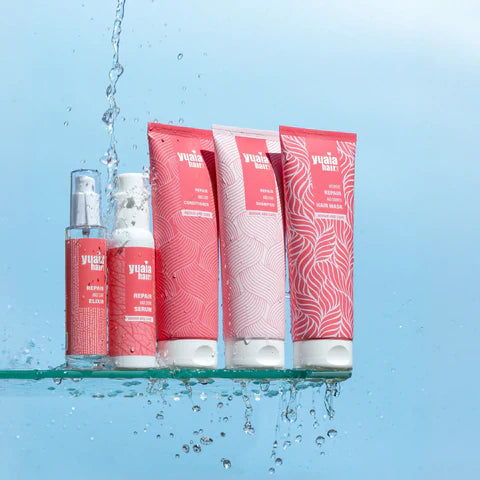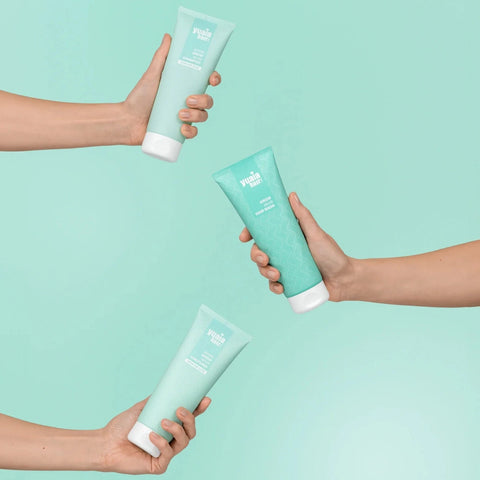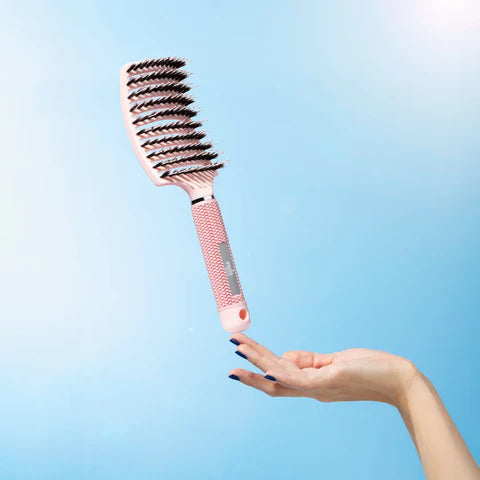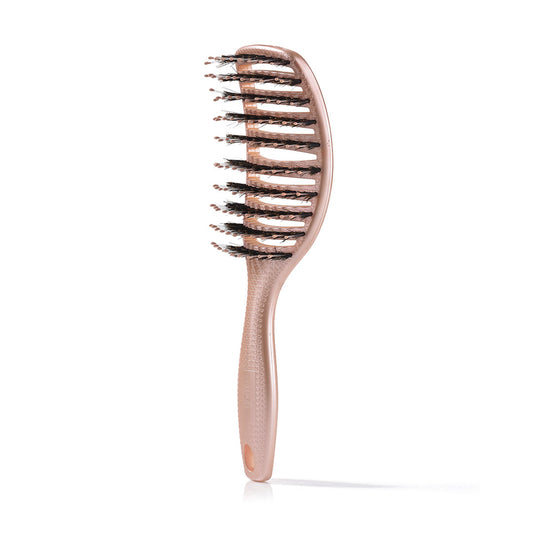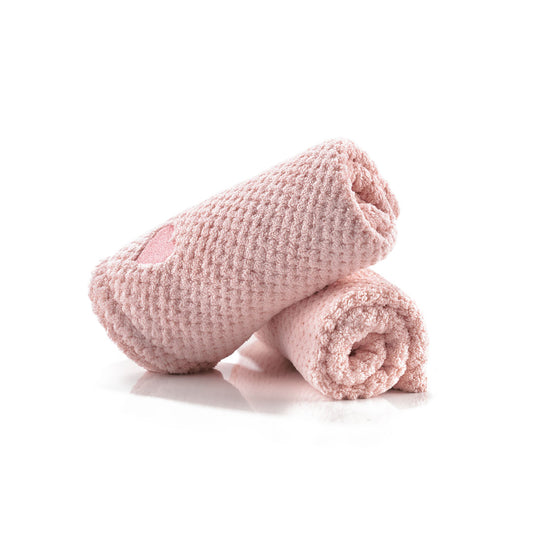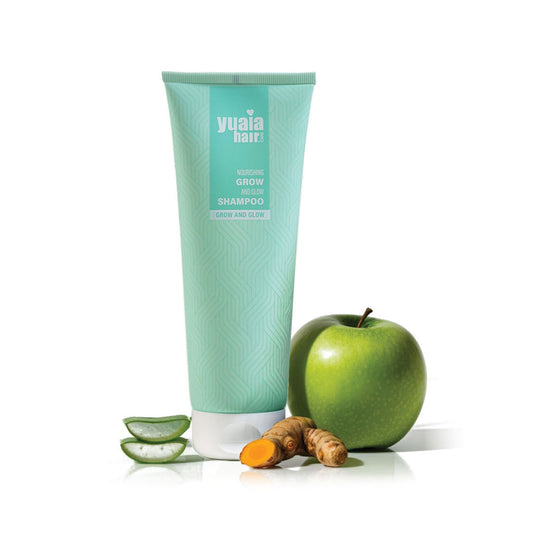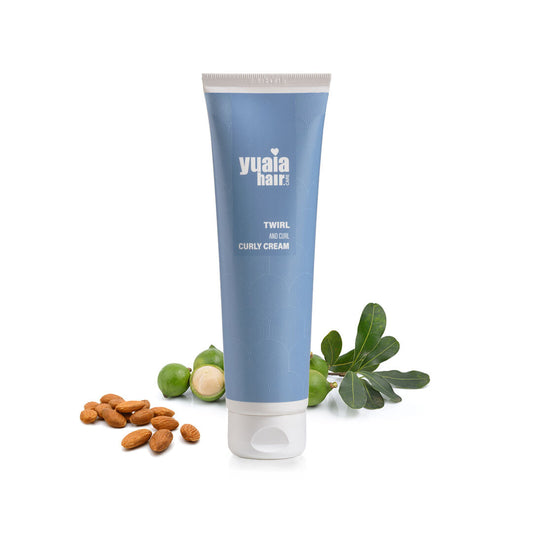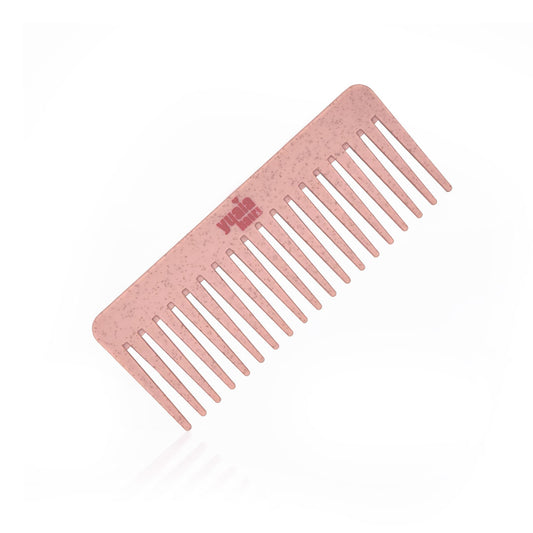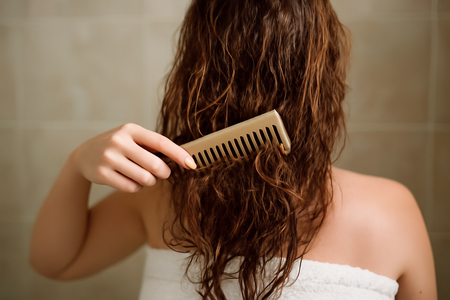
Product recommendations for tangle-free hair
Detangling hair effectively after washing is not just about technique; using the right products can make a significant difference in achieving smooth, tangle-free results. Detangling products like sprays and conditioners are designed to add slip to the hair, making it easier to work through knots without causing damage.
The role of detangling products
Detangling sprays and conditioners are formulated to soften the hair and reduce friction, allowing for easier combing or brushing. These products are especially beneficial for those with thicker or textured hair, where knots can be more stubborn. For maintaining hair moisture and health, our Grow and Glow Shampoo is a great choice. It is sulfate-free, ensuring that your hair retains its natural oils, which is crucial for preventing tangles.
Moisturizing and pH-balancing care
Using moisturizing products is essential for preventing tangles, as dry hair is more prone to knots. Products that balance the hair's pH can help keep the cuticle smooth, reducing the likelihood of tangling. Our sulfate-free options are gentle yet effective, providing the necessary hydration without stripping the hair of its natural moisture.
Tailored tips for different hair types
Different hair types require specific approaches to detangling, ensuring that each type receives the care it needs to remain healthy and manageable.
Curly and textured hair considerations
Curly hair often demands special attention when it comes to detangling. It's advisable to use products that offer extra slip, such as our Twirl and Curl curly cream. This product helps define curls while providing the necessary slip to ease detangling. Start detangling from the ends and work your way up to minimize breakage.
Fine and straight hair strategies
For fine hair, it's important to avoid products that can weigh it down. Lightweight detangling sprays are ideal for this hair type, as they provide the necessary slip without adding extra weight. When detangling, be gentle to prevent breakage, and consider using a wide-tooth comb to carefully work through any knots.
Additional tips for maintaining tangle-free hair
Maintaining tangle-free hair goes beyond just the immediate post-wash routine. By incorporating certain habits and using the right products, you can keep your hair smooth and manageable throughout the day.
Protective hairstyles and their benefits
One effective way to prevent tangles is by using protective hairstyles. Styles like braids, buns, or twists can help keep hair secure and minimize friction, which often leads to tangles. These styles are especially beneficial for those with longer hair or hair that is prone to knotting. Additionally, protective hairstyles can shield your hair from environmental factors that contribute to tangling.
Using the right towel for drying
The way you dry your hair can significantly impact its tendency to tangle. Instead of using a regular towel, opt for a microfiber towel, which is gentler on the hair. Microfiber towels are made to absorb water efficiently without causing friction, helping to maintain smoothness and reduce the risk of tangles.
Regular trims to prevent tangles
Regular trims are an important part of maintaining healthy, tangle-free hair. Split ends and damaged hair can lead to more tangles, as the rough texture of damaged hair tends to catch and knot. By trimming your hair every 6 to 8 weeks, you can prevent split ends and keep your hair smooth and easier to manage.
Frequently asked questions
How can I prevent tangles before they start?
To prevent tangles, focus on maintaining healthy hair through regular trims and using a microfiber towel to gently squeeze out excess water after washing. Protective hairstyles can also help keep hair smooth and tangle-free.
Is it better to detangle hair wet or dry?
Detangling damp hair is generally more effective and less damaging. Hair is more pliable when damp, allowing knots to be worked out more easily. However, if you need to detangle dry hair, use a leave-in conditioner or detangling spray to add slip and reduce friction.
What are the best tools for detangling hair?
Using a wide-tooth comb or a brush with gentle bristles, like our Curvy Brush, is ideal for detangling. These tools minimize pulling and breakage, making them suitable for all hair types.
How do I maintain detangled hair throughout the day?
To keep hair tangle-free during the day, consider using protective styles and avoid excessive touching. A light misting of detangling spray can also help manage tangles and refresh your hair's smoothness.
 Entrega en 2-4 días
Entrega en 2-4 días
 Más de 100.000 clientes satisfechos
Más de 100.000 clientes satisfechos
 Garantía de satisfacción
Garantía de satisfacción


